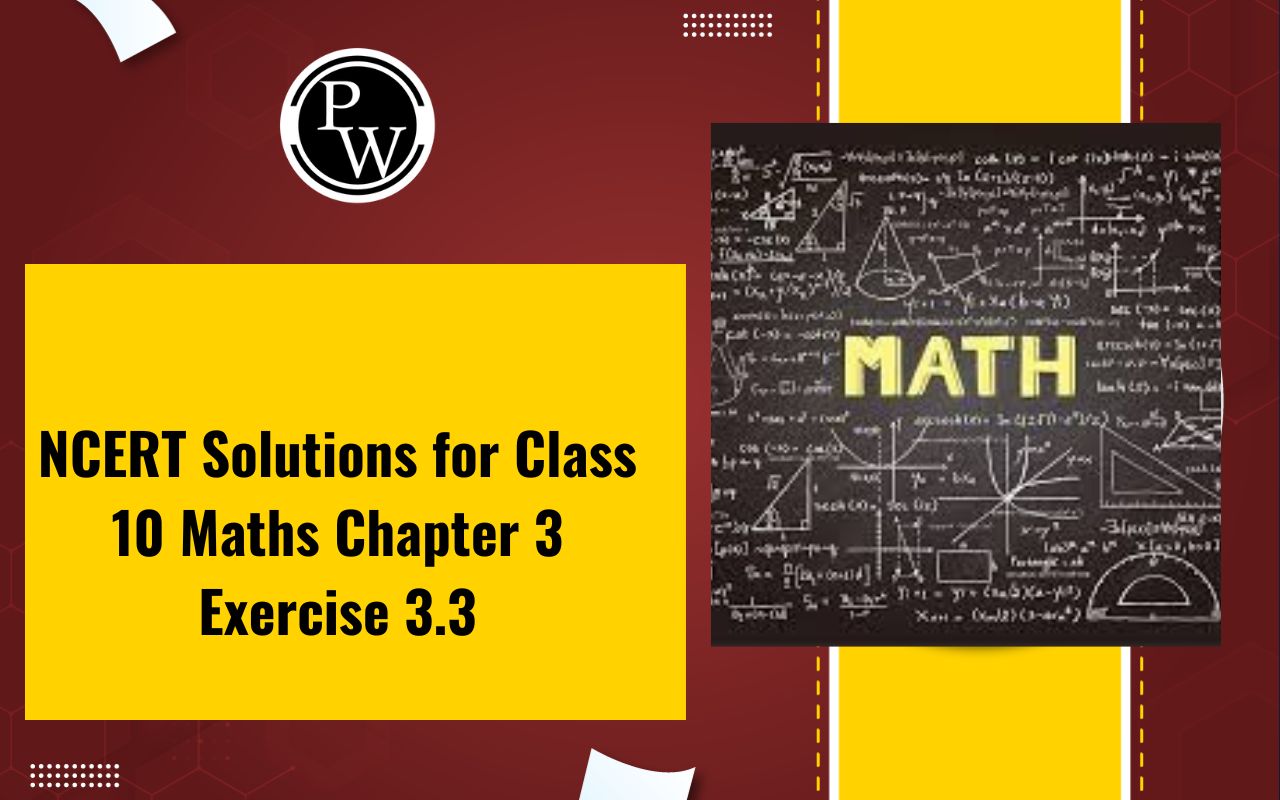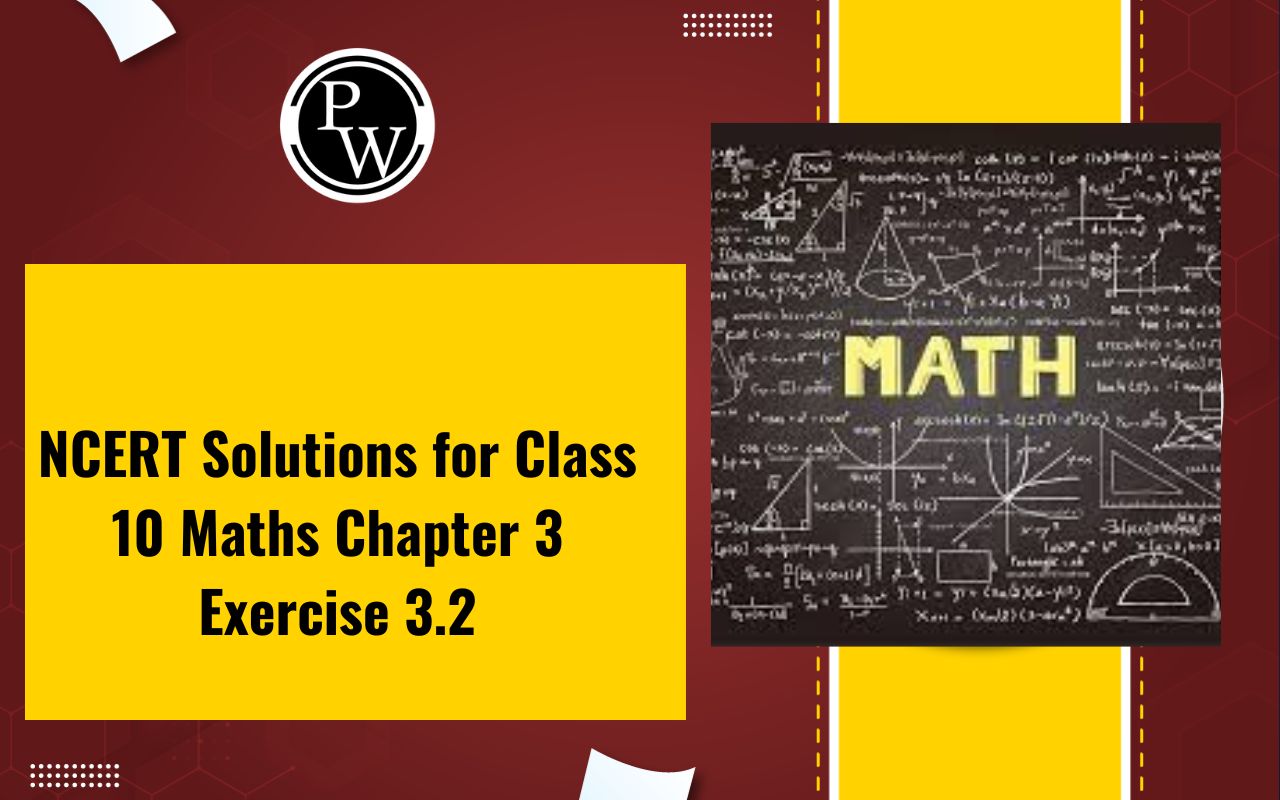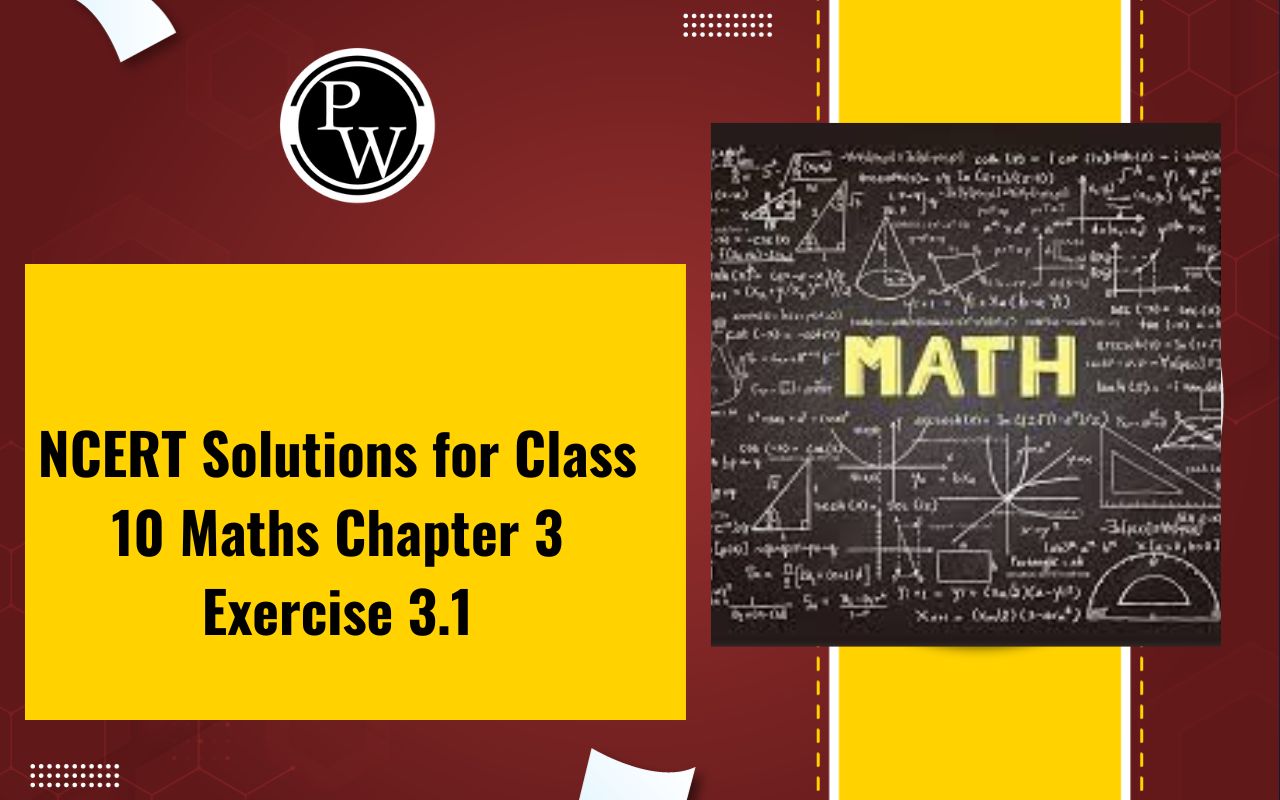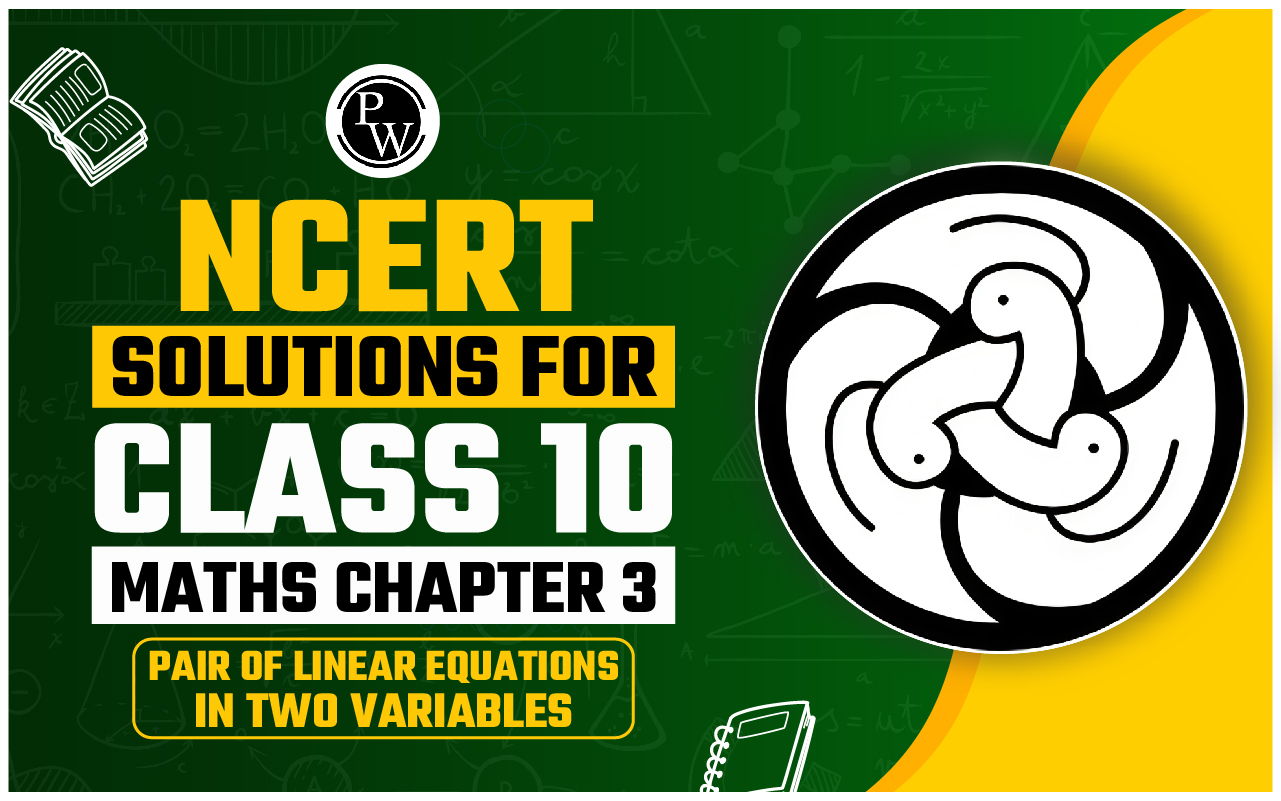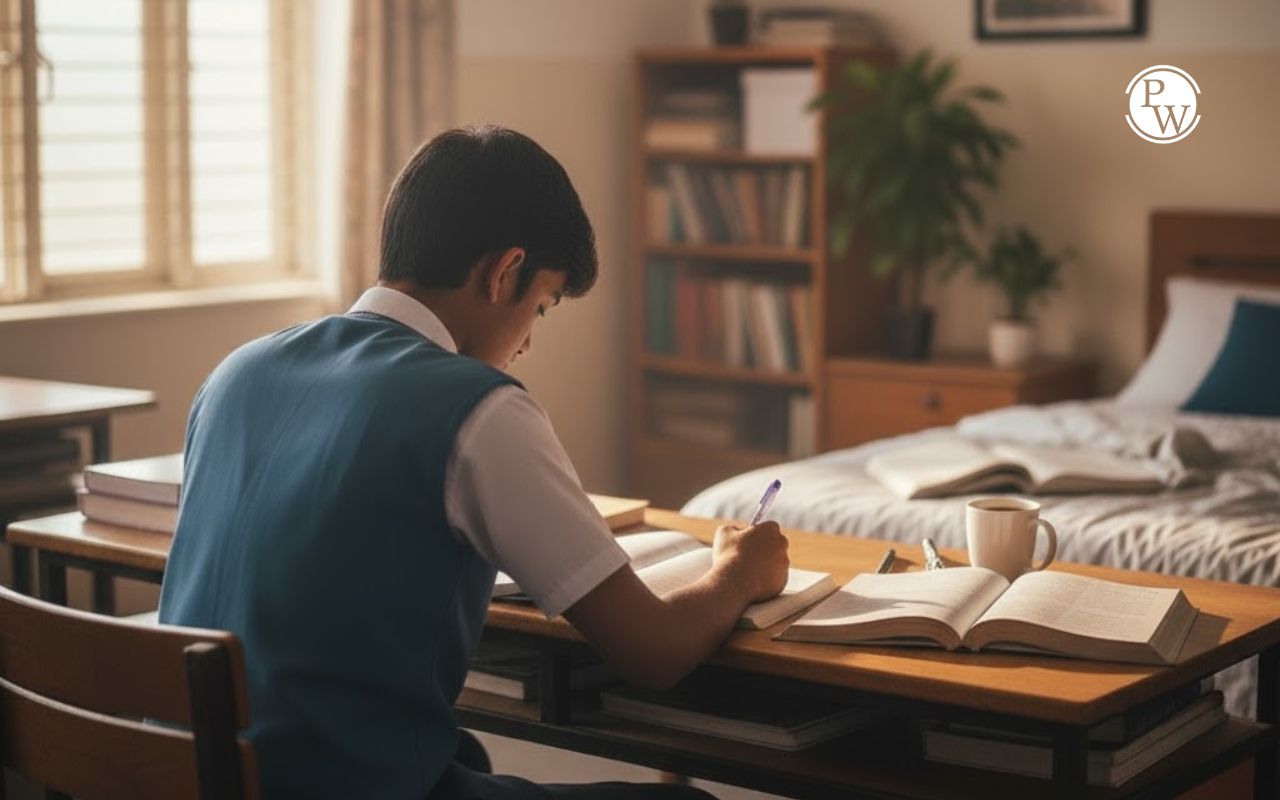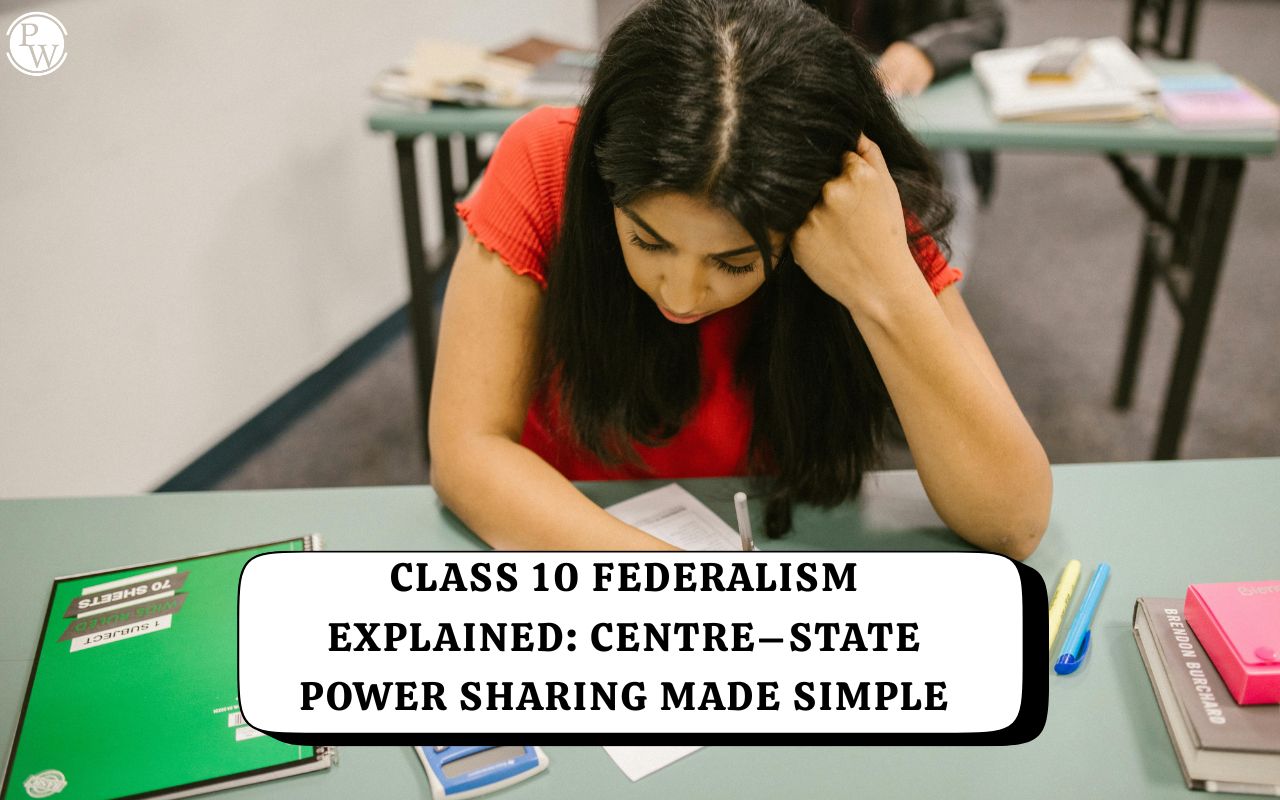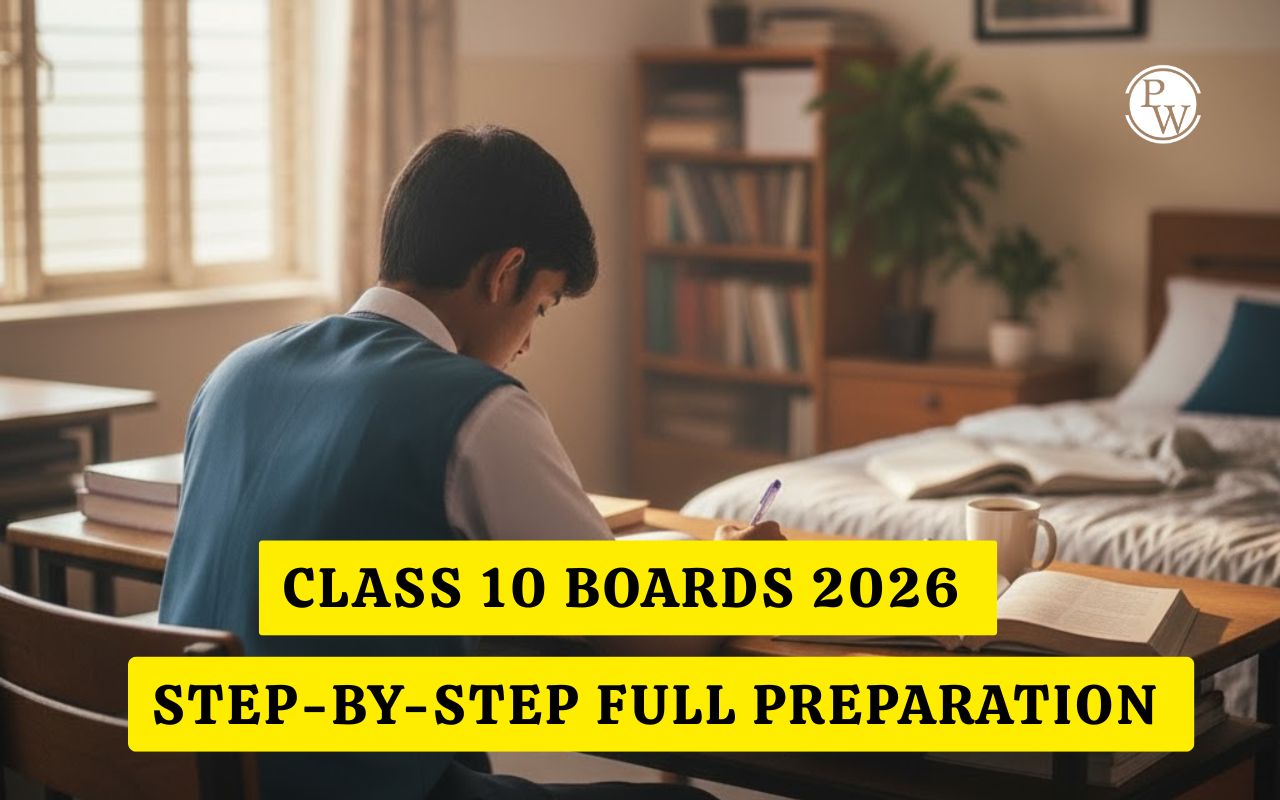
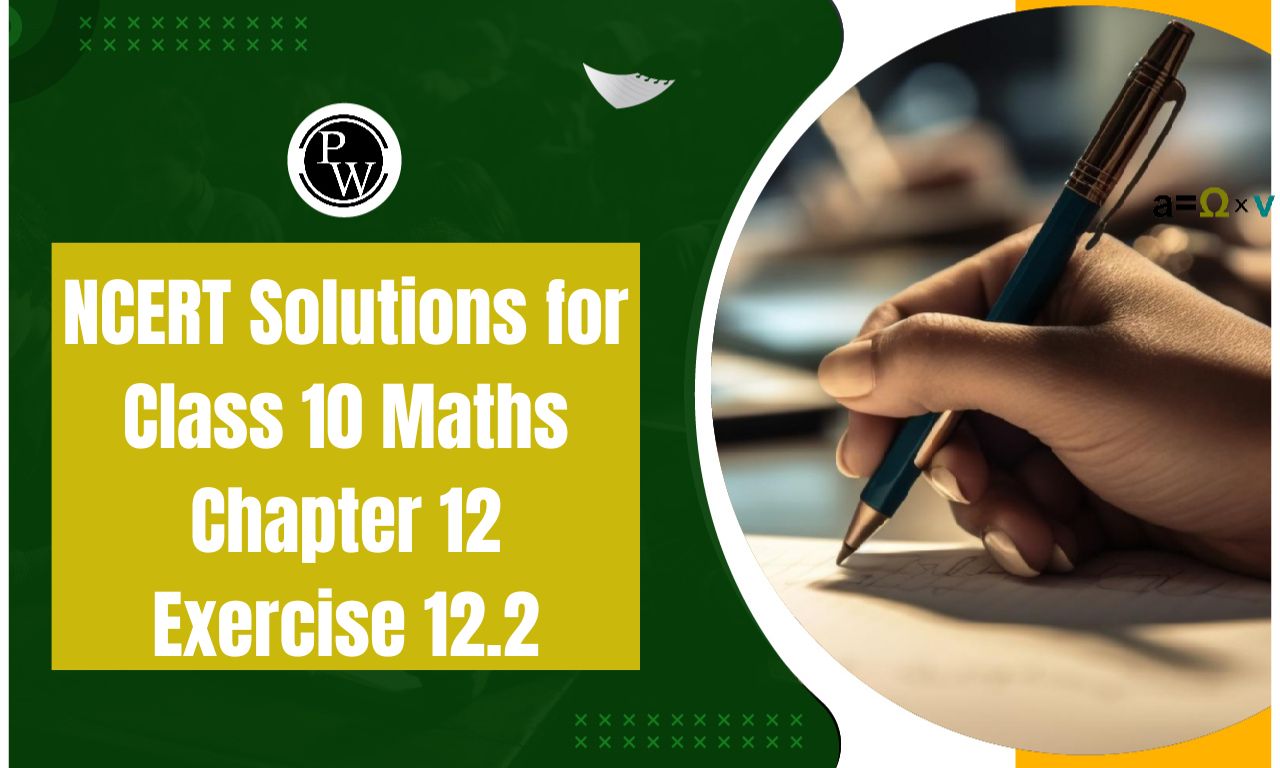
NCERT Solutions for Class 10 Maths Chapter 12 Exercise 12.2: Chapter 12 of Class 10 Maths, Surface Areas and Volumes, focuses on calculating the surface areas and volumes of different 3D shapes like spheres, cylinders, cones, and hemispheres.
Exercise 12.2 emphasizes practical problems involving combinations of these shapes, such as finding the surface area or volume of objects formed by joining two or more shapes. It introduces concepts like curved surface area and total surface area, helping students solve real-life problems, like calculating the amount of material required to construct a structure. The exercise hones analytical skills and is a critical part of geometry, ensuring clarity in visualization and application.CBSE Class 10 Previous Year Question Papers
NCERT Solutions for Class 10 Maths Chapter 12 Exercise 12.2 Overview
NCERT Solutions for Class 10 Maths Chapter 12 Exercise 12.2 PDF
Chapter 12, Surface Areas and Volumes, in Class 10 Maths focuses on calculating the surface areas and volumes of composite solids like cylinders, cones, and spheres. Exercise 12.2 emphasizes real-world applications, enhancing problem-solving and spatial visualization skills. Below, we have provided the NCERT Solutions for Class 10 Maths Chapter 12 Exercise 12.2 in PDF format, offering step-by-step explanations to help students understand and solve the problems effectively.NCERT Solutions for Class 10 Maths Chapter 12 Exercise 12.2 PDF
NCERT Class 10 Maths Video Solutions Chapter 12 Exercise 12.2
NCERT Solutions for Class 10 Maths Chapter 12 Exercise 12.2 Surface Areas and Volumes
Below is the NCERT Solutions for Class 10 Maths Chapter 12 Exercise 12.2 Surface Areas and Volumes -1. A solid is in the shape of a cone standing on a hemisphere, with both their radii being equal to 1 cm and the height of the cone being equal to its radius. Find the volume of the solid in terms of π.
Solution:
Here r = 1 cm and h = 1 cm. The diagram is as follows. Now, Volume of solid = Volume of conical part + Volume of hemispherical part
We know the volume of cone = ⅓ πr
2
h
And,
The volume of the hemisphere = ⅔πr
3
So, the volume of the solid will be
Now, Volume of solid = Volume of conical part + Volume of hemispherical part
We know the volume of cone = ⅓ πr
2
h
And,
The volume of the hemisphere = ⅔πr
3
So, the volume of the solid will be
 = π cm
3
= π cm
3
2. Rachel, an engineering student, was asked to make a model shaped like a cylinder with two cones attached at its two ends by using a thin aluminium sheet. The diameter of the model is 3 cm, and its length is 12 cm. If each cone has a height of 2 cm, find the volume of air contained in the model that Rachel made. (Assume the outer and inner dimensions of the model are nearly the same.)
Solution:
Given, Height of cylinder = 12–4 = 8 cm Radius = 1.5 cm Height of cone = 2 cm Now, the total volume of the air contained will be = Volume of cylinder+2×(Volume of the cone) ∴ Total volume = πr 2 h+[2×(⅓ πr 2 h )] = 18 π+2(1.5 π) = 66 cm 3 .3. A gulab jamun contains sugar syrup up to about 30% of its volume. Find approximately how much syrup would be found in 45 gulab jamuns, each shaped like a cylinder with two hemispherical ends with a length of 5 cm and a diameter of 2.8 cm (see figure).

Solution:
It is known that the gulab jamuns are similar to a cylinder with two hemispherical ends. So, the total height of a gulab jamun = 5 cm. Diameter = 2.8 cm So, radius = 1.4 cm ∴ The height of the cylindrical part = 5 cm–(1.4+1.4) cm =2.2 cm Now, the total volume of one gulab jamun = Volume of cylinder + Volume of two hemispheres = πr 2 h+(4/3)πr 3 = 4.312π+(10.976/3) π = 25.05 cm 3 We know that the volume of sugar syrup = 30% of the total volume So, the volume of sugar syrup in 45 gulab jamuns = 45×30%(25.05 cm 3 ) = 45×7.515 = 338.184 cm 34. A pen stand made of wood is in the shape of a cuboid with four conical depressions to hold pens. The dimensions of the cuboid are 15 cm by 10 cm by 3.5 cm. The radius of each of the depressions is 0.5 cm, and the depth is 1.4 cm. Find the volume of wood in the entire stand (see Fig.).

Solution:
The volume of the cuboid = length x width x height We know the cuboid’s dimensions as 15 cmx10 cmx3.5 cm So, the volume of the cuboid = 15x10x3.5 = 525 cm 3 Here, depressions are like cones, and we know, Volume of cone = (⅓)πr 2 h Given, radius (r) = 0.5 cm and depth (h) = 1.4 cm ∴ Volume of 4 cones = 4x(⅓)πr 2 h = 1.46 cm 2 Now, the volume of wood = Volume of the cuboid – 4 x volume of the cone = 525-1.46 = 523.54 cm 25. A vessel is in the form of an inverted cone. Its height is 8 cm and the radius of its top, which is open, is 5 cm. It is filled with water up to the brim. When lead shots, each of which is a sphere of radius 0.5 cm, are dropped into the vessel, one-fourth of the water flows out. Find the number of lead shots dropped in the vessel.
Solution:
For the cone, Radius = 5 cm, Height = 8 cm Also, Radius of sphere = 0.5 cm The diagram will be like It is known that,
The volume of cone = volume of water in the cone
= ⅓πr
2
h = (200/3)π cm
3
Now,
Total volume of water overflown= (¼)×(200/3) π =(50/3)π
The volume of lead shot
= (4/3)πr
3
= (1/6) π
Now,
The number of lead shots = Total volume of water overflown/Volume of lead shot
= (50/3)π/(⅙)π
= (50/3)×6 = 100
It is known that,
The volume of cone = volume of water in the cone
= ⅓πr
2
h = (200/3)π cm
3
Now,
Total volume of water overflown= (¼)×(200/3) π =(50/3)π
The volume of lead shot
= (4/3)πr
3
= (1/6) π
Now,
The number of lead shots = Total volume of water overflown/Volume of lead shot
= (50/3)π/(⅙)π
= (50/3)×6 = 100
6. A solid iron pole consists of a cylinder of height 220 cm and base diameter 24 cm, which is surmounted by another cylinder of height 60 cm and radius 8 cm. Find the mass of the pole, given that 1 cm 3 of iron has approximately 8 g mass.
Solution:
Given the height of the big cylinder (H) = 220 cm The radius of the base (R) = 24/2 = 12 cm So, the volume of the big cylinder = πR 2 H = π(12) 2 × 220 cm 3 = 99565.8 cm 3 Now, the height of the smaller cylinder (h) = 60 cm The radius of the base (r) = 8 cm So, the volume of the smaller cylinder = πr 2 h = π(8) 2 ×60 cm 3 = 12068.5 cm 3 ∴ The volume of iron = Volume of the big cylinder+ Volume of the small cylinder = 99565.8 + 12068.5 =111634.5 cm 3 We know, Mass = Density x volume So, the mass of the pole = 8×111634.5 = 893 Kg (approx.)7. A solid consisting of a right circular cone of height 120 cm and radius 60 cm standing on a hemisphere of radius 60 cm is placed upright in a right circular cylinder full of water such that it touches the bottom. Find the volume of water left in the cylinder if the radius of the cylinder is 60 cm and its height is 180 cm.
Solution:

8. A spherical glass vessel has a cylindrical neck 8 cm long and 2 cm in diameter; the diameter of the spherical part is 8.5 cm. By measuring the amount of water it holds, a child finds its volume to be 345 cm 3 . Check whether she is correct, taking the above as the inside measurements and π = 3.14.
Solution:
Given, For the cylinder part, Height (h) = 8 cm and Radius (R) = (2/2) cm = 1 cm For the spherical part, Radius (r) = (8.5/2) = 4.25 cm

Benefits of Using NCERT Solutions for Class 10 Maths Chapter 12 Exercise 12.2
NCERT Solutions for Class 10 Maths Chapter 12 Exercise 12.2 FAQs
What are the basics of volume?
What are the uses of volume?
What unit is volume?
How to find the density?



